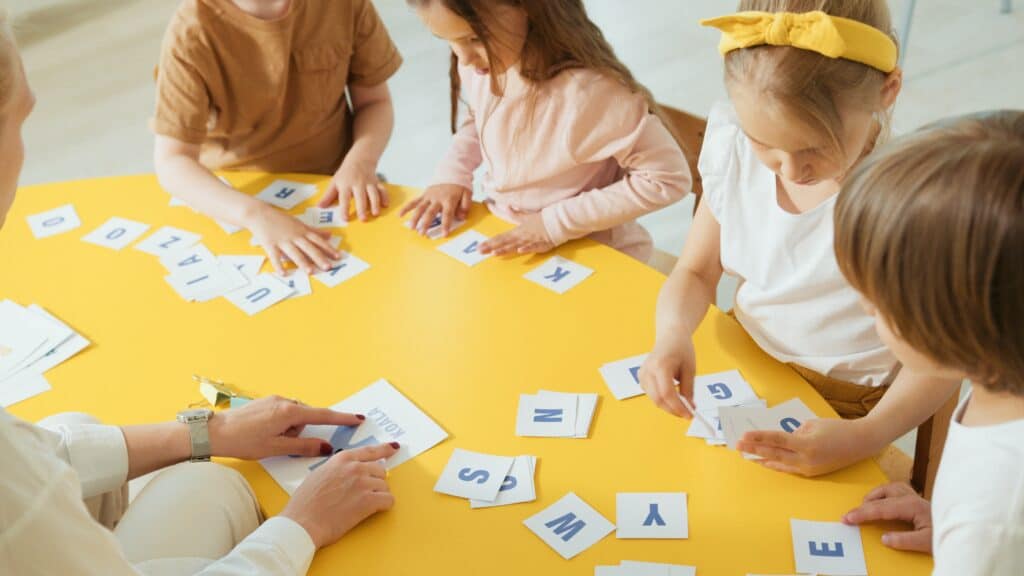In today’s fast-paced world, fostering personal growth in children is more essential than ever. Personal growth encompasses the development of skills, self-awareness, and a mindset geared toward continuous improvement. Teaching your child about personal growth not only prepares them for academic success but also equips them with the tools to navigate life’s challenges with confidence and resilience. Here’s a comprehensive guide to helping your child embark on a journey of personal growth.
The Importance of Personal Growth
Personal growth is a lifelong process that involves improving self-awareness, enhancing quality of life, and realising one’s potential. For children, personal growth is crucial as it lays the foundation for their future success and happiness. It helps them develop a growth mindset, embrace challenges, and learn from failures. By instilling these values early on, you can help your child build a resilient and adaptable character.
Key Aspects of Personal Growth to Teach Your Child
1. Self-Awareness
Self-awareness is the ability to recognise and understand one’s emotions, strengths, weaknesses, and values. It is the first step toward personal growth.
How to Teach:
- Encourage Reflection: Ask your child to reflect on their day, their feelings, and their actions. Journaling can be a helpful tool for this.
- Discuss Emotions: Help your child identify and name their emotions. Discuss how different situations make them feel and why.
- Highlight Strengths and Weaknesses: Talk about what they’re good at and areas where they can improve. Celebrate their strengths and set realistic goals for improvement.
2. Growth Mindset
A growth mindset is the belief that abilities and intelligence can be developed through dedication and hard work. It fosters resilience and a love for learning.
How to Teach:
- Praise Effort, Not Just Results: Focus on the effort your child puts into their tasks, rather than just the outcome. This encourages perseverance.
- Model a Growth Mindset: Share your own experiences of overcoming challenges and learning from mistakes.
- Encourage Learning Opportunities: Provide opportunities for your child to try new things and learn from different experiences.
3. Goal Setting
Setting and achieving goals is a vital part of personal growth. It teaches children to plan, stay focused, and work toward their aspirations.
How to Teach:
- Set SMART Goals: Help your child set Specific, Measurable, Achievable, Relevant, and Time-bound goals.
- Break Down Goals: Teach them to break down large goals into smaller, manageable steps.
- Celebrate Achievements: Recognise and celebrate when they achieve their goals, no matter how small.
4. Resilience
Resilience is the ability to bounce back from setbacks and keep going despite difficulties. It’s a critical skill for personal growth and overall well-being.
How to Teach:
- Encourage Problem-Solving: When your child faces a challenge, guide them to find solutions rather than solving it for them.
- Teach Coping Skills: Discuss and practice healthy ways to cope with stress and disappointment.
- Support Perseverance: Encourage your child to keep trying, even when things are tough, and reassure them that it’s okay to fail and try again.
5. Empathy
Empathy involves understanding and sharing the feelings of others. It’s an essential component of emotional intelligence and personal growth.
How to Teach:
- Model Empathy: Show empathy in your interactions and discuss how others might feel in different situations.
- Encourage Perspective-Taking: Ask your child to consider how others might be feeling and why.
- Promote Kindness: Encourage acts of kindness and discuss the impact they have on others.
6. Time Management
Time management is a crucial skill for achieving personal and academic goals. It helps children prioritise tasks and manage their time effectively.
How to Teach:
- Create Schedules: Help your child create a daily or weekly schedule to manage their time.
- Set Priorities: Teach them to prioritise tasks based on importance and deadlines.
- Limit Distractions: Discuss strategies to minimise distractions and stay focused on tasks.
Balancing Guidance and Independence
While teaching personal growth, it’s essential to strike a balance between providing guidance and allowing your child to explore independently. Here’s how to do it:
1. Offer Support
Be available to support and guide your child, but allow them to take the lead in their personal growth journey. This builds confidence and self-reliance.
2. Encourage Autonomy
Encourage your child to make decisions and take responsibility for their actions. This fosters independence and critical thinking.
3. Provide a Safe Environment
Create an environment where your child feels safe to express themselves, make mistakes, and learn from them. This promotes a healthy growth mindset.
Teaching your child about personal growth is one of the most valuable gifts you can give them. By fostering self-awareness, a growth mindset, goal setting, resilience, empathy, and time management, you equip them with the tools they need to thrive. Remember, personal growth is a continuous journey, and your role as a parent is to guide, support, and encourage your child every step of the way. With your support, your child can grow into a confident, resilient, and compassionate individual ready to face life’s challenges head-on.





